Bauhaus: where modern design originated
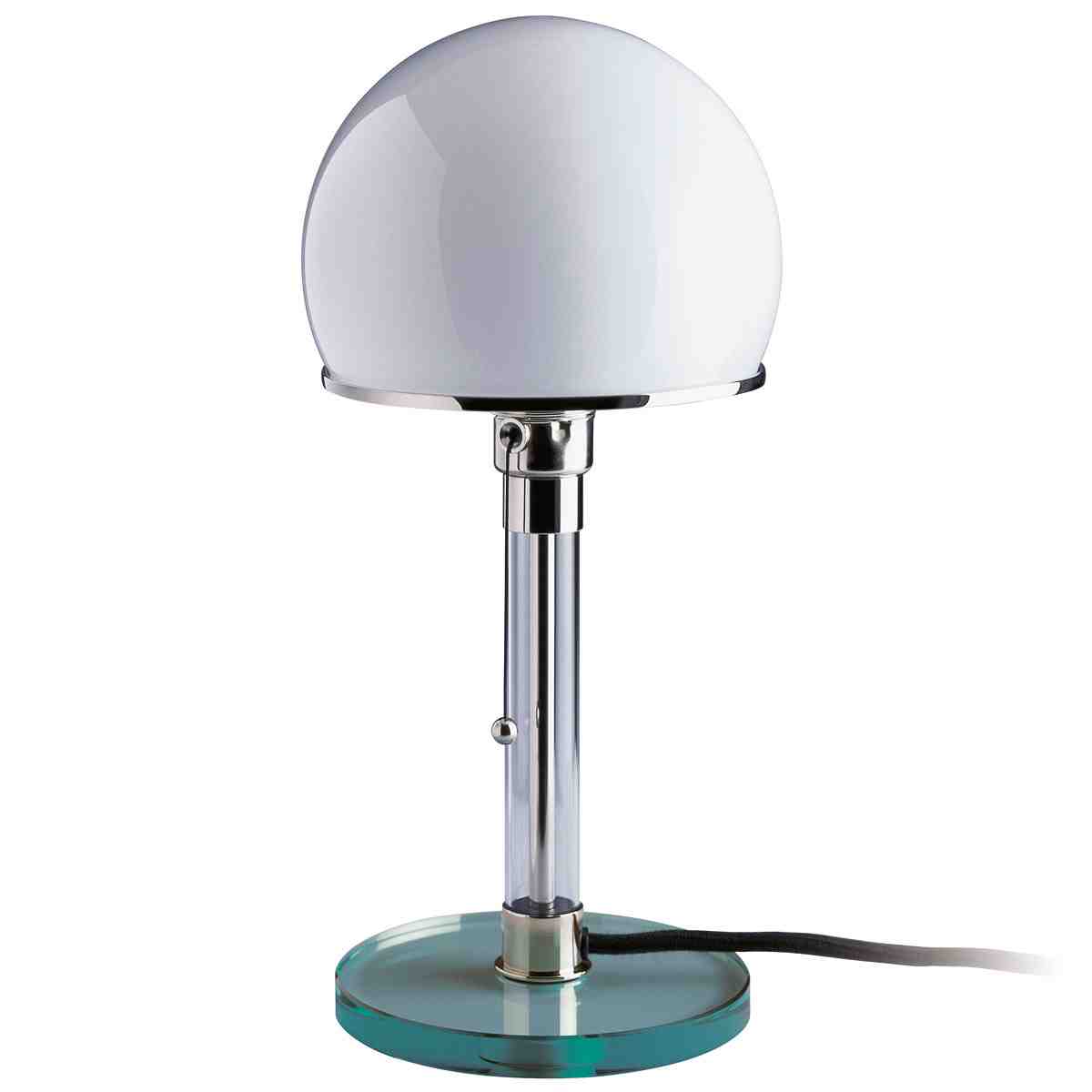
The forms of Marcel Breuer’s bent, tubular steel chair and the minimalistic lamp by Wilhelm Wagenfeld seem so commonplace that people tend to forget how innovative they looked when they were initially designed in the Weimar Republic. The aesthetics and attitudes developed by the Bauhaus School influenced 20th century art, crafts and architecture to an extent which cannot be exaggerated. The exhibition, Bauhaus: Art as life at the Barbican Art Gallery presents all aspects of the artistic environment, which shaped modernity as we know it.
The exhibition offers a comprehensive and detailed analysis of Bauhaus’ history and practice; starting from its beginning in 1919 Weimar, to its most prosperous years in Dessau, on to the unhappy end in 1933 when it was based in Berlin. Spanning more than 400 works, it presents the whole variety of activities undertaken by masters and students including paintings, sculpture, architecture, film, photography, furniture, graphics, product design, textiles, ceramics and theatre.
The exhibition also showcases the scholarly structure of the school, which was very innovative at the time and was afterwards introduced to artistic schools of modern type, familiar to us today. Instead of copying casts of classical busts and painting nudes, students were encouraged to investigate and express their creativity by, for instance, constructing collages or toys. Paying tribute to medieval values, Bauhaus introduced the academic structure based on master classes and workshops. The list of famous teachers includes influential personalities such as Wassily Kandinsky, Paul Klee, Ludwig Mies van der Rohe, László Moholy-Nagy and the founder of the school, Walter Gropius.
Despite references to the Middle Ages, the learning environment around Bauhaus was very relaxed and pleasant. This aspect is particularly emphasised in the exhibition by numerous photo therapies showing the friendly master-pupil relations, amazing thematic parties, theatrical performances and daily life on the campus. It reminds us that the integration of art and everyday life was Bauhaus’ key objective, but also that the iconic school had its pragmatic aspects and problems such as frequent financial troubles.
Although Bauhaus was indisputably a milestone in the development of modern arts and crafts, it is hard to define “the Bauhaus style”. The exhibition comprises various artistic inspirations, starting with expressionism and traditional crafts, up to the rational geometric forms of constructivism and De Stijl. What makes it impossible to point out a unified style, is the diversity of motivations, artistic attitudes and influential personalities. Its international character and appeal make it possible to link the exhibition with the Olympic Games, which supplies a casual patronage to most of the artistic enterprises taking place in London at that time.
The progressive, liberal society of Bauhaus was practically annihilated by the decisions of the Nazi Party in 1939. It is no wonder then, that the exhibition evokes nostalgia. The meticulous and broad display at the Barbican presents Bauhaus as an idyllic environment, expanding the iconic status to this part of its legacy which is not so widely recognised. Although Bauhaus no longer exists in its original form, we all live with its myth and its omnipresent after-images, as its achievements can be found all around, from the copies in museum shops, to the most ordinary everyday objects.
Bauhaus: Art as Life runs form 3rd May to 12th August 2012 at Barbican Art Gallery.
Agata Gajda


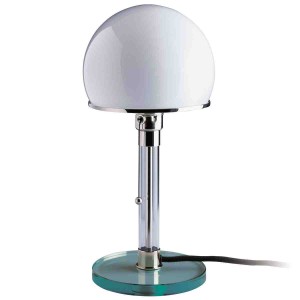

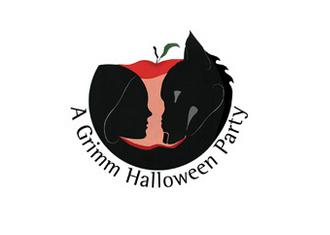

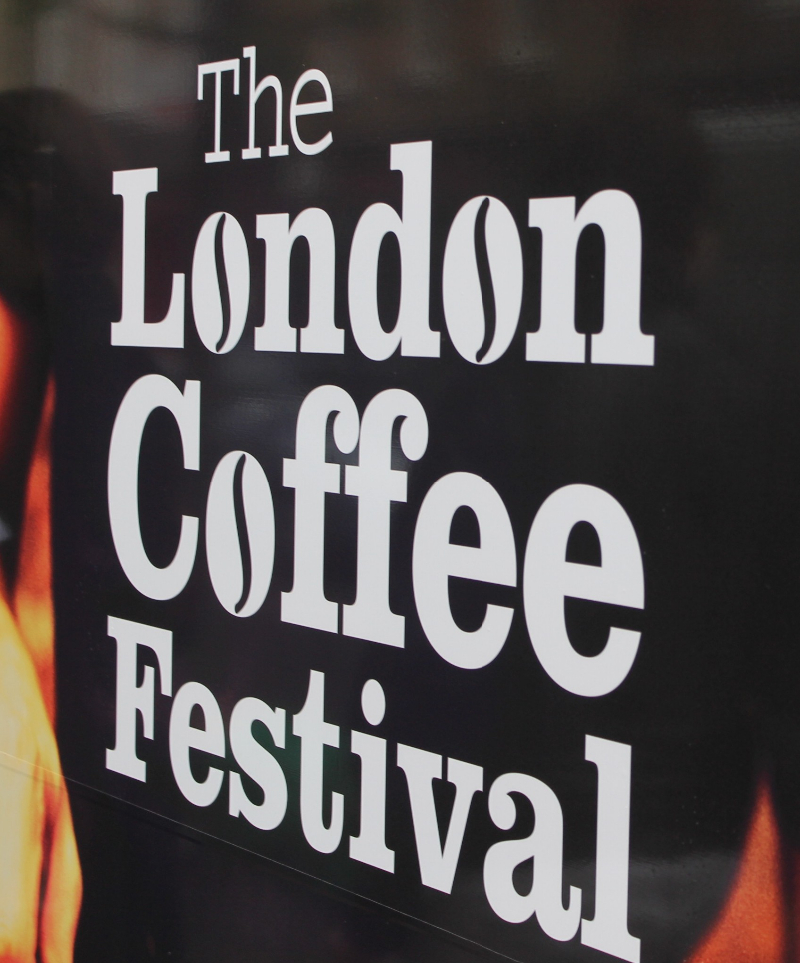
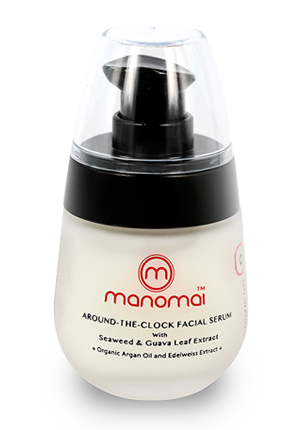
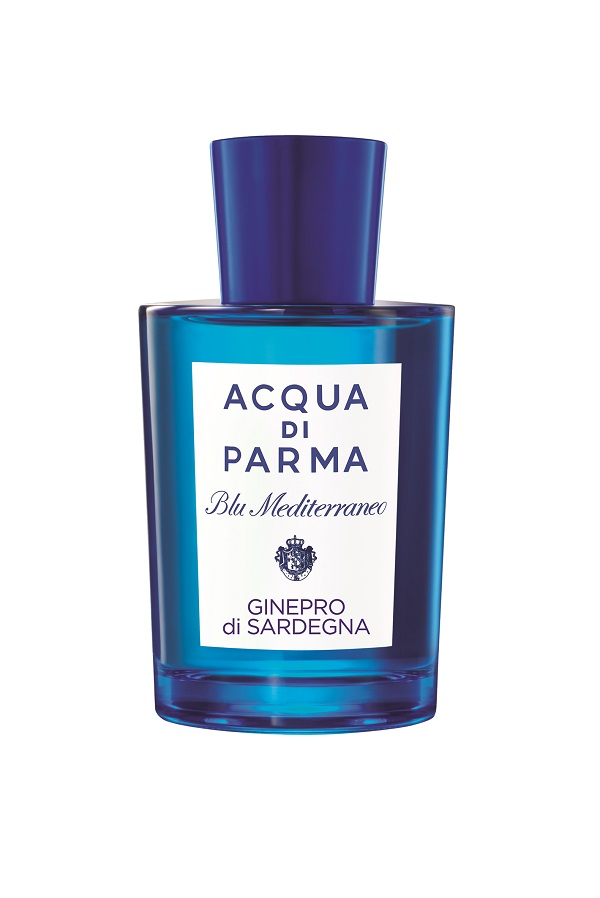

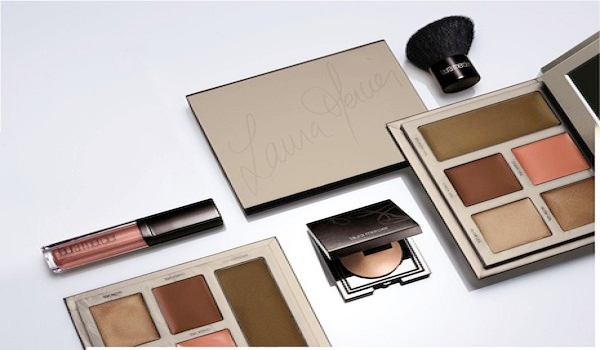














Facebook
Twitter
Instagram
YouTube
RSS